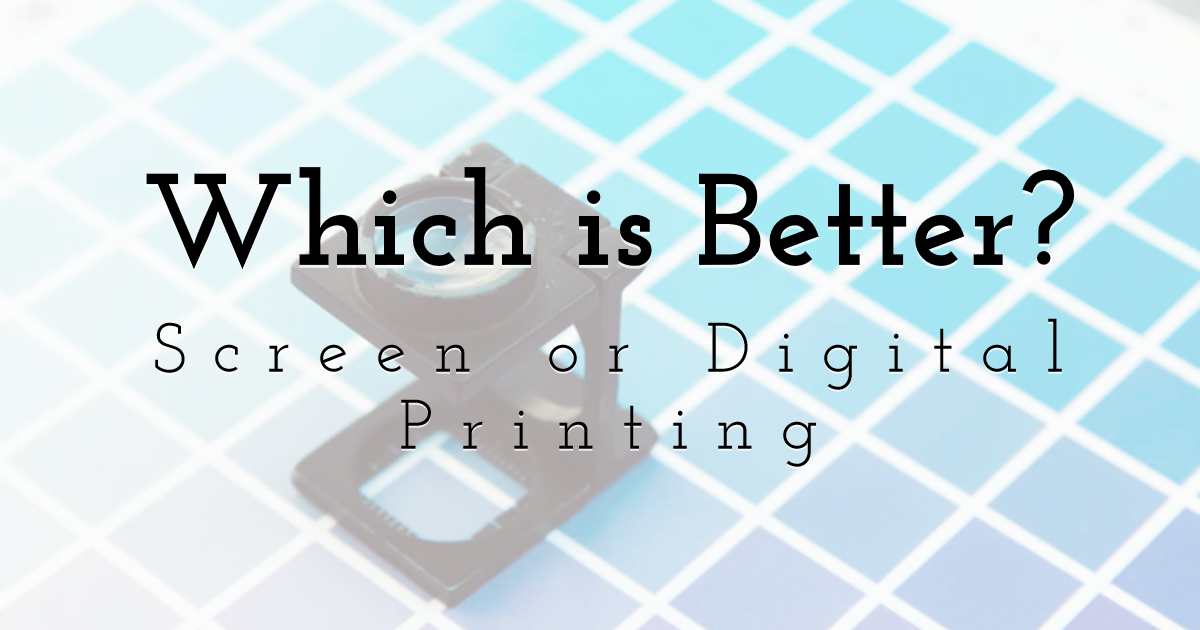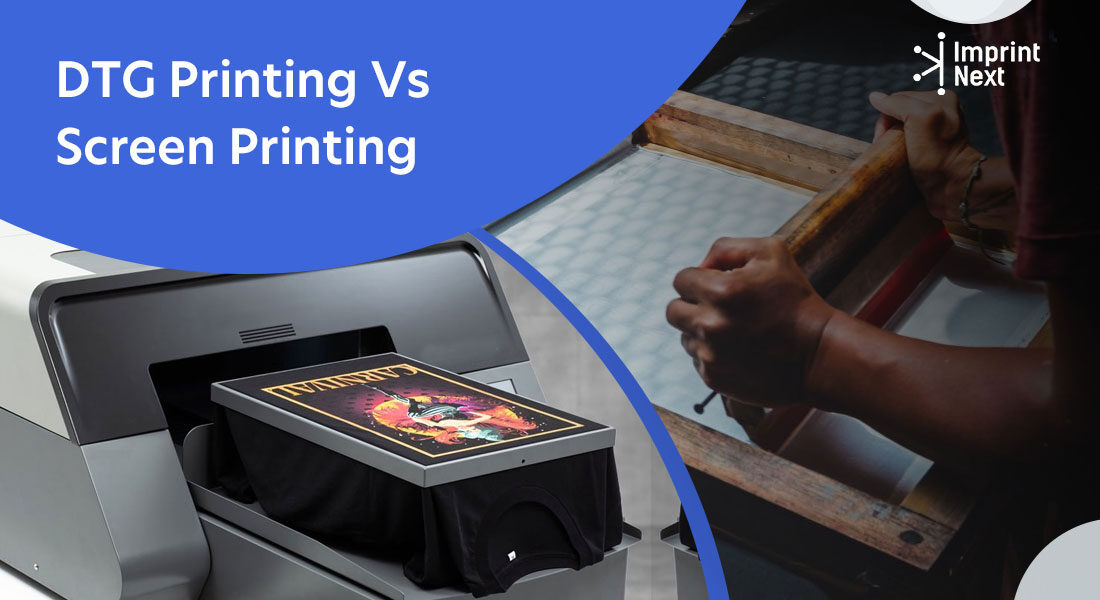9 Simple Techniques For Tx Tees
9 Simple Techniques For Tx Tees
Blog Article
Tx Tees Fundamentals Explained
Table of ContentsAll About Tx TeesWhat Does Tx Tees Do?Getting The Tx Tees To WorkHow Tx Tees can Save You Time, Stress, and Money.Rumored Buzz on Tx TeesThe 6-Minute Rule for Tx TeesThe Single Strategy To Use For Tx Tees
That brings your total to about $1,900 before tax obligation and shipping. Accumulate other prices, like the variety of utilities it requires to run the store and the expense of ink and emulsion per layout. custom t-shirt design. Take the print listed below. This is a one-color image, so the expense of ink per tee shirt is roughly 20 cents.The emulsion ought to just be a couple of cents considering that you 'd only need to layer one screen for this job. Normally, printers attempt to make up to 45% profit on a print work.

With DTF, you can print a handful of t-shirts, or just one. Both display printing and DTF have their particular niches in the world.
The Facts About Tx Tees Revealed
The most effective way to understand? Ask about and see what printing shop like yours are doing. t-shirt printing. Attempt both out and see which you like better
When you're picking what kind of printing approach to use for printing your art work layouts on your garments, it is very important that you understand the distinctions in between these two strategies so you can optimize outcomes while minimizing costs. Screen printing is the most frequently made use of strategy for publishing designs on textiles.
DTG printing is also called spot or direct to garment printing since it publishes just what is required as opposed to making a screen as screen printers do. https://www.flickr.com/people/200329791@N05/. Display printing functions by screen filler squeegee screen printing ink display mesh display, after that transferring the image to garment making use of warm and/or pressure
The DTG printer makes use of unique dye-sublimation inks that are used into a pre-designed image by a digital printing system. The inks enter into the material, enabling lively colors and outstanding information. It's additionally referred to as place or direct to garment printing since it publishes only what is required instead of making a screen as display printers do.
How Tx Tees can Save You Time, Stress, and Money.
It's much faster - you can print a fullcolor picture in mins, as opposed to hours for display printing. Second, there's no established up time or costs involved - you can print any kind of design you like, without having to develop a screen. Third, there's no waste - due to the fact that screen printers display print one design each time, they need to screen each color separately.
The paper is very expensive and can only be used once. Once it's printed on, it has to be disposed of. - The first acquisition rate is less than the upfront investment of DTG printers- You can print multi-color layouts one screen each time instead of having to publish each shade independently like DTG printing.

Not known Facts About Tx Tees
Rather of making use of display mesh as display printers do, color sublimation printers make use of laser innovation to move your images onto garments or paper. A warmth process transfers the color from its solid-state straight into the gas phase which subsequently integrates it onto fabric substrates when they are swiftly warmed to high temperatures under high pressure.
Sublimation printing is environmentally friendly. It utilizes much less water than screenprinting, and since it does not involve using damaging solvents, it's secure for all kinds of garments. The dye sublimation inks are likewise odor free when healed, unlike display printers that use unsafe chemicals throughout the screen printing procedure that leave behind an undesirable smell.
They likewise save money on costly equipment like exposure units because dye sublimation printers don't require a UV exposure system or a flash cure oven that is commonly made use of in display printing (custom screen printing). What is straight to garment printing (DTG Printing)? DTG printing is a digital screenprinting process that publishes directly onto fabric using specialized inkjet printers
An Unbiased View of Tx Tees
DTG printing provides many advantages over traditional screenprinting, consisting of the capability to print photo top quality photos, higher color vibrancy, and the capacity to print designs on darker fabrics. DTG printers function by heating the fabric ink until it develops into a gas. The gas then penetrates the material, bonding with the fibers to produce a permanent print.

Screen printers simply prepare their display after that begin publishing until they lack product or ink.- There is a wide variety of knowledgeable display printers throughout the globe, which can be helpful for beginners. - It's a slower process - display printers typically have to wait on the ink to dry before they can publish the following shade- Display printers call for hand-operated labor, so there's a greater understanding curve and it takes longer to produce a top notch style- Screen printing isn't as accurate as DTG printing, so you might get some "bleeding" of shades from one component of the picture onto another if not done correctly.
Some Of Tx Tees
Nevertheless, rather than using display mesh as screen printers do, dye sublimation printers make use of laser technology to move your pictures onto garments or paper. A warmth process moves the dye from its solid-state straight right into the gas phase which subsequently fuses it onto textile substrates when they are swiftly heated to heats under high pressure.
Sublimation printing is environmentally friendly. It makes use of less water than screenprinting, and due to the fact that it doesn't include using hazardous solvents, it's secure for all sorts of clothing. The color sublimation inks are also odorless when healed, unlike screen printers that utilize unsafe chemicals during the screen printing procedure that leave an unpleasant odor.
They additionally save cash on costly devices like direct exposure units because color sublimation printers don't call for a UV direct exposure unit or a flash treatment Source stove that is normally made use of in screen printing. What is direct to garment printing (DTG Printing)? DTG printing is a digital screenprinting process that publishes straight onto fabric utilizing specialized inkjet printers.
The Definitive Guide to Tx Tees
DTG printing offers numerous benefits over conventional screenprinting, including the ability to print photo top quality photos, better shade vibrancy, and the capability to publish layouts on darker textiles. DTG printers function by heating up the fabric ink till it becomes a gas. The gas after that permeates the fabric, bonding with the fibers to develop an irreversible print.
Report this page